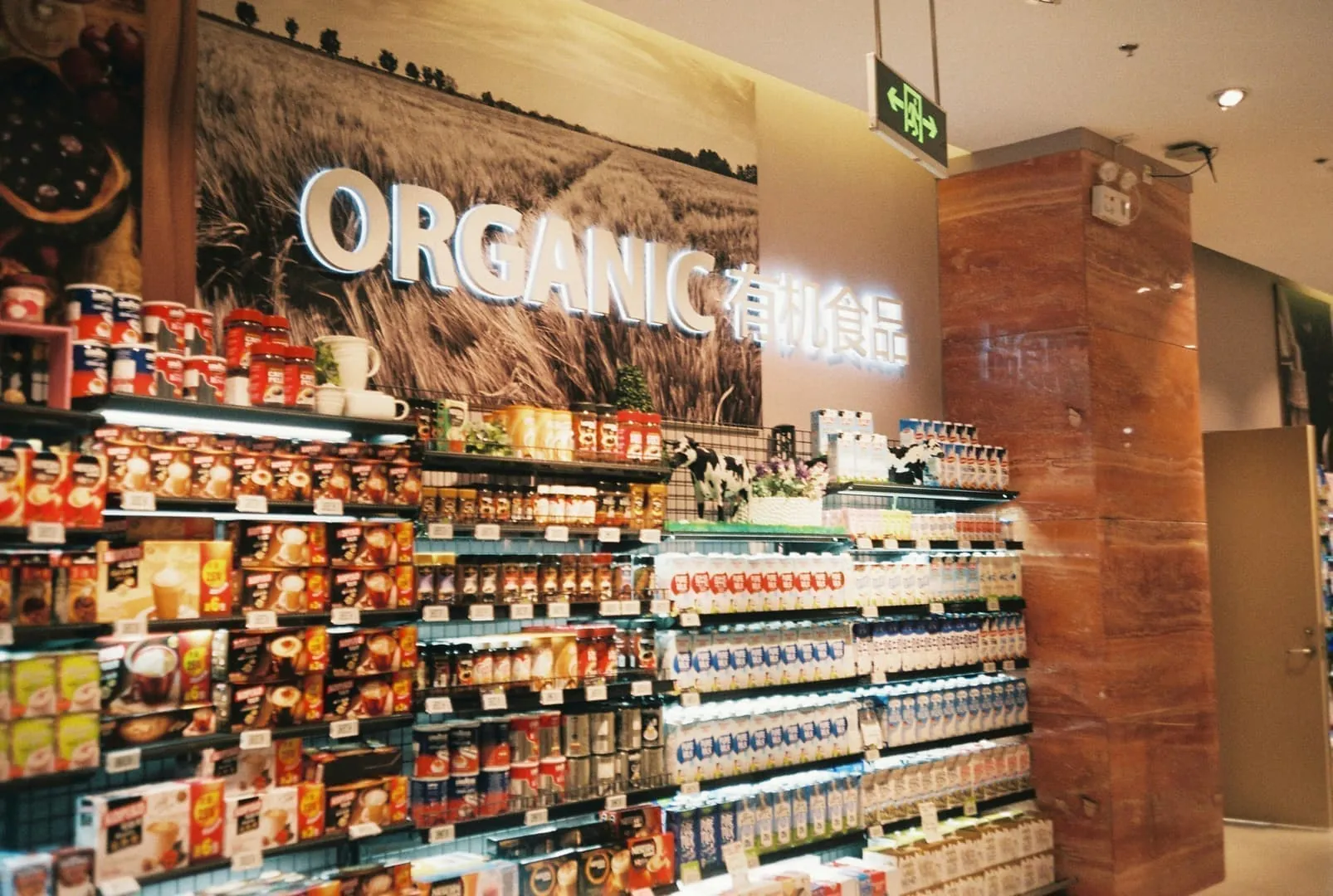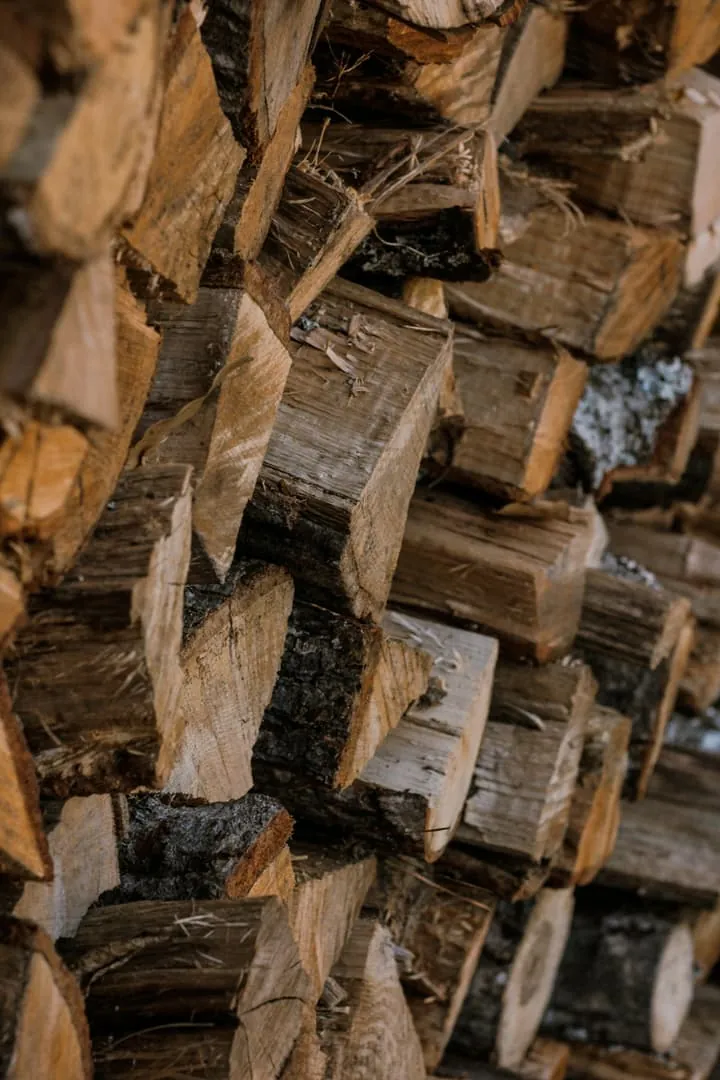
The Truth About Organic Labels: What Do They Really Mean?
'AB', 'EU Organic', 'Demeter' — green logos are everywhere, but not all mean the same. Between private labels, national standards, and clever marketing, it's easy to get lost. Here's how to buy organic without being misled.
A booming market
Organic sales in Europe have tripled in ten years. Supermarkets jumped in, but consumer trust is fading. In 2025, 42% of buyers can't tell a real label from greenwashing.
The EU Organic logo
It's the legal base: no GMOs, no synthetic pesticides, full traceability. Yet some natural treatments and long-distance imports are allowed. Buying EU-certified is good — but not always local.
The French 'AB' label
Same rules, clearer design. However, it's often joined by private brand labels ('Marque Bio', 'Nature +'). Some are stricter — others, not. Always read the certification specs online.
Stricter certifications
Demeter: biodynamic farming, lunar cycles, soil fertility focus. Nature & Progrès: activist-driven, stricter than EU rules. Bio Cohérence: 100% French, small-scale only.
Greenwashing traps
Words like 'natural' or 'eco-friendly' have no legal meaning. Check for the certifier code (e.g. FR-BIO-01). No code, no guarantee.
Local = smarter organic
A 'bio' mango from Peru travels 10,000 km. Local organic — though less exotic — cuts emissions and supports nearby farms. Think AMAPs, farmers' markets, food cooperatives. Read more about seasonal organic baskets in Europe and budget-friendly autumn meals.
The future of organic
The 2026 EU reform will merge biodiversity, animal welfare, and carbon data into one label. The future of organic will be holistic, not just agricultural.
People also ask
Does AB mean local? → No, it only defines production standards. What's the difference between AB and EU Organic? → Only the logo, not the substance. How to spot fake eco-labels? → Look for the certifier code (e.g. FR-BIO-xx).
Conclusion: Organic isn't perfect — but it's progress. Behind the logos lies a culture of respect for life itself. Choosing wisely sends a clear message: consume less, but better.
About the author:
Alexandre Dubois is a European sustainability enthusiast who shares practical, tested tips for everyday life. From saving on household energy to reducing waste, he focuses on simple changes that deliver real impact. He writes from personal experience, testing solutions in his own home before recommending them. Contact: info@greendailyfix.com
Related posts

Zero-Waste Winter Cooking: Turning Leftovers into Comfort Meals
As winter sets in, our meals get heartier — and our fridges fuller. Unfortunately, that often means more food waste. But zero-waste cooking isn't about restriction; it's about creativity and comfort. Here's how to turn leftovers into cozy, money-saving winter meals.

Stay Warm Without Breaking the Bank: Heating & Budget Tips for Winter 2025
Energy prices are rising again, and winter is coming. The good news: simple actions can keep your home warm without blowing your budget. From thermostat tweaks to daily habits, here's your practical guide to a cozy, cost-efficient winter.

Night of Lanterns: Bringing Meaning Back to Halloween
Beneath the layers of plastic and candy, Halloween hides an ancient, poetic story — that of **Samhain**, the Celtic festival marking the end of light and the start of the dark season. This October 31, instead of consuming, what if we returned to celebrating — by lantern light, in respect for nature and remembrance?

Recycled Halloween Costumes: Creative Ideas for All Ages
Each year, millions of Halloween costumes are worn once and thrown away. Made of polyester and plastic, they leave a scary carbon footprint. Yet building your own costume from recycled clothes and materials is easy, fun, and far more sustainable. Here's how to make eco-creative costumes for kids and adults alike.